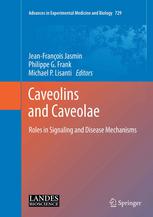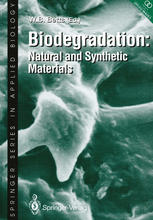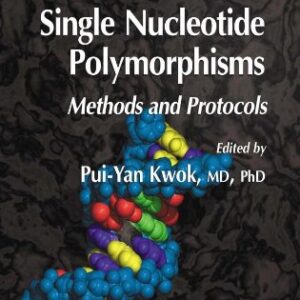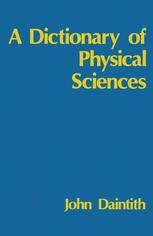Caveolae are 50-100 nm flask-shaped invaginations of the plasma membrane that are primarily composed of cholesterol and sphingolipids. Using modern electron microscopy techniques, caveolae can be observed as omega-shaped invaginations of the plasma membrane, fully-invaginated caveolae, grape-like clusters of interconnected caveolae (caveosome), or as transcellular channels as a consequence of the fusion of individual caveolae. The caveolin gene family consists of three distinct members, namely Cav-1, Cav-2 and Cav-3. Cav-1 and Cav-2 proteins are usually co-expressed and particularly abundant in epithelial, endothelial, and smooth muscle cells as well as adipocytes and fibroblasts. On the other hand, the Cav-3 protein appears to be muscle-specific and is therefore only expressed in smooth, skeletal and cardiac muscles. Caveolin proteins form high molecular weight homo- and/or hetero-oligomers and assume an unusual topology with both their N- and C-terminal domains facing the cytoplasm.
Biology
[PDF] Caveolins and Caveolae: Roles in Signaling and Disease Mechanisms Valerie L. Reeves, Candice M. Thomas, Eric J. Smart (auth.), Jean-Fran?ois Jasmin PhD, Philippe G. Frank PhD, Michael P. Lisanti MD, PhD (eds.)
$19.99






Reviews
There are no reviews yet.